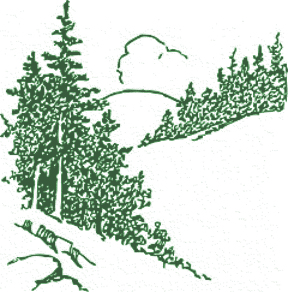“Slowly at last the heavy clouds, charged with the welcome water, roll up from seaward. And down, as if really from heaven … comes the fresh rain. Then there rises from the ground a cool and penetrating aroma, the scent of the dry soil saturated…”
~ Daily Telegraph, quoted in “A Cyclopaedia of Nature Teachings,” 1892
A quotation about rain? Reading about rain may be our only escape from the current weather in spite of the few drops on Sunday. So “think rain” while I tackle the ever wily El Niño.
It seems the factoring conditions are none-too-stable and ever-changing for the 2014-15 rain season. I’ll attempt to simplify one of nature’s more complex weather phenomenas: El Niño.
An evolving El Niño event caught the attention of meteorologists, climatologists and oceanographers early in 2014. Good news for the drought ravaged west. But alas, by July the developing El Niño began to show signs of weakening. Now what?
Back to college. El Niño or ENSO (El Niño Southern Oscillation) 101
El Niño is a climate event with two factors of influence occurring simultaneously – one of which is in the ocean waters and the other in the atmosphere. It all begins deep beneath the ocean surface in the western Pacific with a sloshing of warm tropical water toward the cooler eastern Pacific. The other necessary component for El Niño development is wind direction. Normally trade winds blow east-to-west keeping waters cool. But during El Niño years there is a reversal of the trade winds’ direction – from east-to-west to west-to-east. When this occurs, the warmer waters settle along the South American coastline. These ocean waters are now warmed to well above average. The relatively small change in sea temperature has worldwide impact that can include floods, drought and the loss of an economic base for Peruvian fisherman (fish). The west coast of North America, including Southern California in particular, often receives increased rainfall totals.
With 80% of California classified in a state of extreme drought, conditions continue to worsen. A strong El Niño event would be a godsend. Unfortunately, the latest update is that the warm water is in place, but the atmosphere is not cooperating; the strength of the westerly winds has decreased.
Many scientists have suggested El Niño has either stalled or fallen apart. Bill Patzert, climatologist at NASA’s JPL in Pasadena in mid July said, “El Nino is wimping out.”
At this point, an average rainfall total is most likely.
Tropical moisture and heat with thunderstorms are expected until some cooling over the weekend and early next week moves in. When fall arrives, hopefully so will the rain.
Sue Kilpatrick is a
Crescenta Valley resident and
Official Skywarn Spotter for the
National Weather Service. Reach her at suelkilpatrick@gmail.com.

